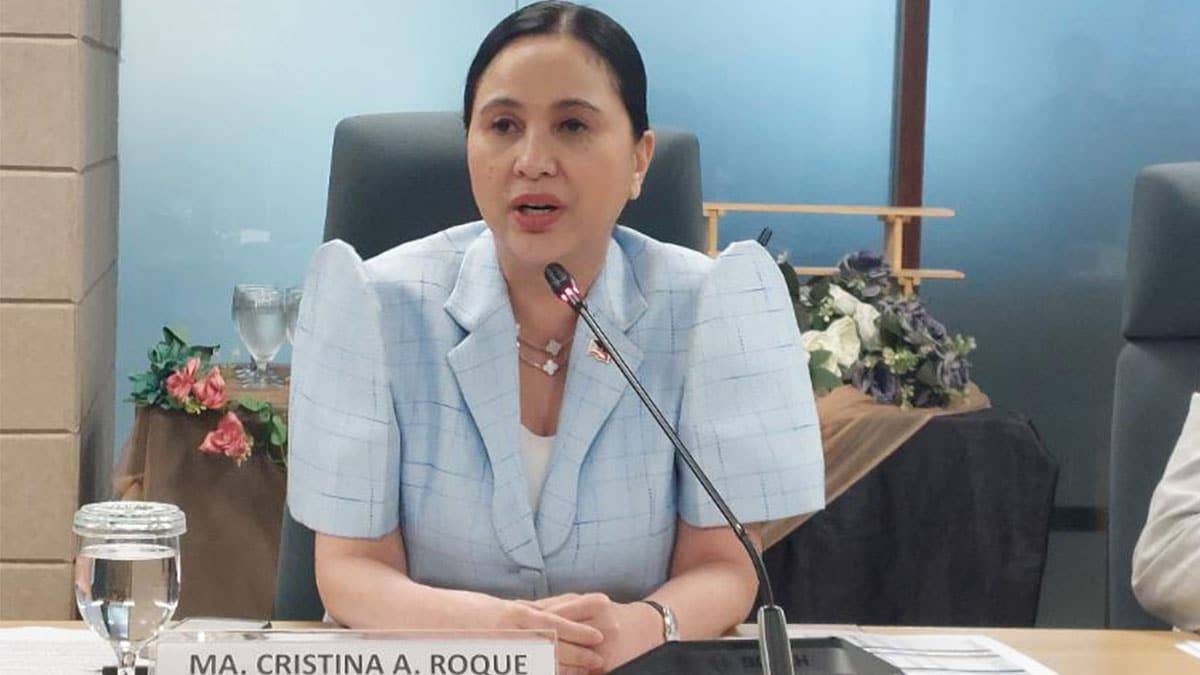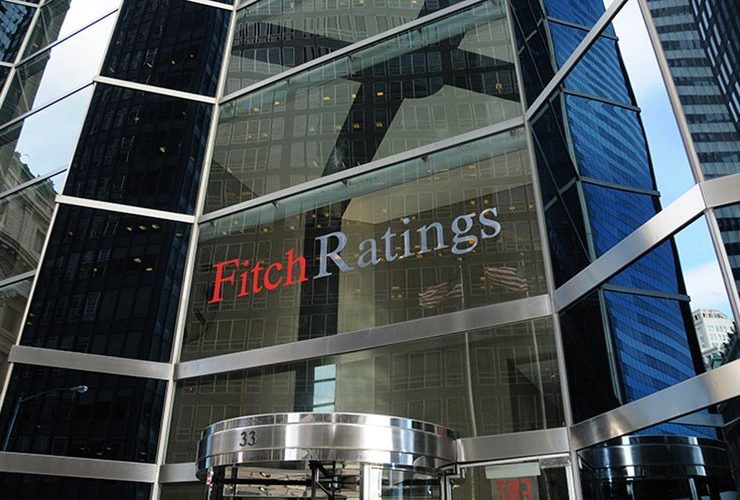Negotiation not retaliation: PH open to cut tariffs on US imports

The Philippines is open to the possibility of bringing down the tariffs on American goods coming to the country in a bid to strike a trade deal with US President Donald Trump, who recently announced sweeping tariffs against the rest of the world.
Trade Secretary Ma. Cristina Roque told reporters on Monday that the Philippines was “definitely” open to the idea of slashing the levies on imported goods from the United States.
“We’re really going to do that (cut tariffs on US products), actually. We will meet soon [with] the economic team,” Roque said.
But the options for the country are not limited there. Roque said the Philippines would also work with other peers in the Association of Southeast Asian Nations (Asean) in tackling the tariff debacle.
“We all work together as Asean,” she said, referring to the regional bloc, of which the Philippines is a founding member.
The latest remarks from the trade chief means the Philippines is joining the rest of the world in rushing to the negotiating table to seal a deal with Trump. In the region, Bloomberg reported that Vietnam was willing to remove all tariffs on US imports after Trump had announced that Vietnamese products entering America would be slapped with a punitive 46 percent levy.
On the other hand, China announced on Friday a 34-percent retaliatory tariff against US imports.
But many analysts believe that Manila is in a better position to negotiate with Washington after Trump unveiled a milder 17-percent tariff on Filipino goods, among the lowest in Asia. This was still lower than the 34 percent that the Philippines charges on inbound shipments from the United States, including the estimated cost of non-trade barriers.
Only Singapore was slapped with just a 10-percent tariff —the baseline figure cited by Trump in his “Liberation Day” announcement that fanned global recession fears and sent global markets into turmoil.
Bilateral talks
Moving forward, Roque said she expected to finally meet her American counterpart in a “few days” to kick-start the trade talks.
Based on data from the Office of the United States Trade Representative (USTR), the United States incurred a merchandise trade deficit with the Philippines amounting to $4.9 billion in 2024, up by 21.8 percent from the previous year.
According to the USTR, which cited the latest available data as of 2022, the Philippines’ average Most-Favored-Nation (MFN) applied tariff rate was 6.1 percent.
The Philippines’ average MFN applied tariff rate was 9.8 percent for agricultural products and 5.5 percent for nonagricultural products in 2022.
“The lower tariff rates imposed on the Philippines compared to neighboring countries can be an advantage for us, as our goods traded to the United States will become more competitive, boosting our exports,” said Reinielle Matt Erece, an economist at Oikonomia Advisory & Research Inc.





















